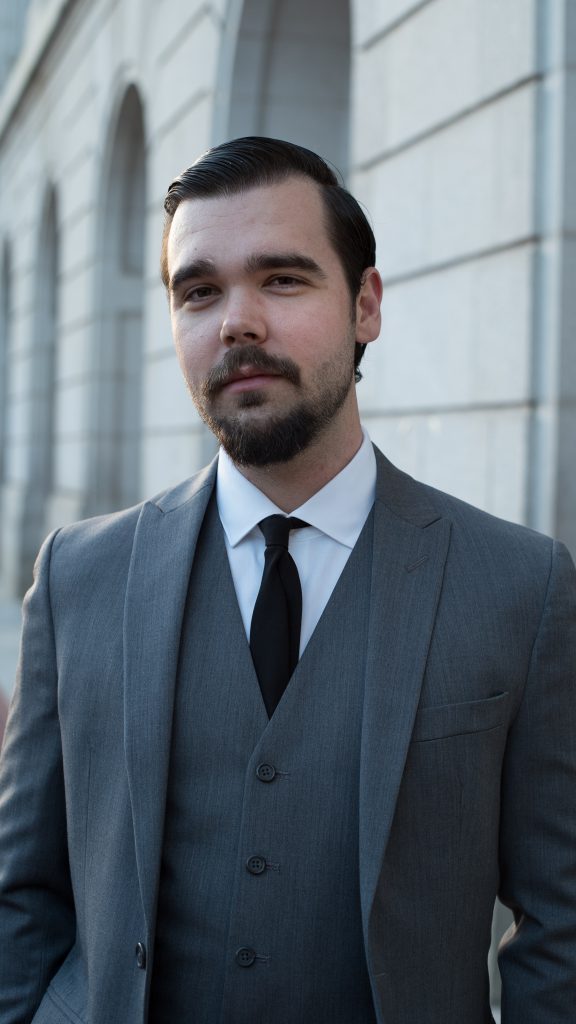
If you were to guess which legal practice area spends the most on marketing, you would likely say, “Personal Injury” (or “PI”). With some PI firms spending as much as 20% of their revenue on marketing, it’s no wonder that billboards and radio commercials for PI lawyers are a staple of the American commute. While commonplace today, this direct legal marketing approach is a relatively recent advent in the US.
In 1976, two lawyers were disciplined by the Arizona Bar for simply listing their rates in a Phoenix newspaper, violating legal ethics laws. This became the Bates V. State Bar of Arizona case, which made its way to the Supreme Court. The lawyers won their case, establishing Supreme Court precedent, leading to a boom in legal advertisements in newspapers, on billboards and bus signs, and ultimately the first TV ad for a PI lawyer in 1979.
In exploring historical trends of PI lawsuits filed across the US, there are spikes in cases which indicate a correlation between paid marketing by PI lawyers, high-profile PI cases, and the total number of PI cases filed per year. While lawyers spend countless marketing dollars keeping their services front of mind for potential clients, the effects of high profile cases on the PI market generally can’t be ignored.
The Big Case
Perhaps the most famous personal injury case of all time, Liebeck v. McDonald’s Restaurants was decided in August of 1994. Immediately after the case was decided, it set off a media frenzy and became a rallying cry for tort reform. After the associated press picked up the story, reports aired on more than a dozen national broadcasts, and twice as many local news programs. From there, it was mentioned on late night talk shows by the likes of Jay Leno and Craig Ferguson, and was discussed for months on talk radio. The case eventually became the subject of a 2011, full-length documentary called Hot Coffee.
As a result of this wave of publicity, much has been written about the facts of the case, corporate liability, and the purported $2.9 million award, which was ultimately settled for much less. That said, very little has been written about the correlation between high-profile PI cases like Liebeck and the total amount of PI litigation.
The Data
Looking at the total number of personal injury cases filed in state court from 1970 – 2000, you can see the sharpest spike in cases over that 30-year period occurring immediately after Liebeck in 1994. This spike in the total number of personal injury cases lasted for several years before ultimately smoothing out after the year 2000.
These analytics show the volume of cases with personal injury case types in the states that Docket Alarm covers, up to 2000.
While Liebeck seems to be correlated with an increase in business for PI lawyers across the country, it also appears to have lent itself to an awareness that lawsuits against McDonald’s specifically could be a windfall for plaintiffs. Based on available state and federal Docket Alarm data, looking at the PI cases filed against McDonald’s from 1970 – 2000, the Liebeck case appears to be correlated with a spike in cases against McDonald’s immediately following Summer of ‘94, and lasting for several years.
These analytics show the volume of cases against McDonald’s with personal injury case types in the states that Docket Alarm covers, up to 2000.
Social Media – 2000 – 2021
The data shows a correlation between the Liebeck case and the total number of PI cases filed for years after. Looking at all available PI cases from 2000 – 2020, the next notable spike in PI litigation occurred in 2018. While there wasn’t one particular landmark case we can point to, explaining this spike in PI cases, there are several other factors likely contributing to this spike. Certain events of 2018, which resulted in highly publicized cases, put PI cases back in the front of mind for the general public; the Johnson & Johnson baby powder lawsuits and the lawsuits against the MGM Grand in Vegas to name a few. Another factor here is the emergence of new marketing techniques being adopted and used by law firms. In May of 2018, the brand new, radically reinvented AdWords interface launched. Two months later the platform changed its name from Google AdWords to Google Ads, bringing greater user accessibility to their targeted ad platform. This allowed law firms to engage in robust pay-per-click ad campaigns and track their Search Engine Optimization approach without having to engage expensive third party marketing firms.
Finally, it is worth noting that litigation in general has trended upward in recent decades; moreover, as electronic filing systems like PACER rolled out throughout the 1990s, lawsuits became easier to file and track, which could partially account for some of the increase observed.
These analytics show the volume of cases with personal injury case types in the states that Docket Alarm covers in recent decades.
Conclusion
Since 1979, marketing technology has evolved faster than legal ethics regulations can keep up, giving lawyers increasing freedom and creativity in how they can market their services. While the data indicates that keeping up with innovations in marketing technology can increase the number of PI cases, the correlation between high profile PI settlements and the general public’s interest and engagement with PI litigation shouldn’t be ignored.
Justin currently serves as an international expansion lead at Canadian startup Painworth and as a legal innovator for A2J Tech. Justin’s previous work included teaching statistics, data privacy consulting, and founding a legal tech company, ProSe Claims, which was acquired in April of 2021.
Justin holds a J.D. from the University of California, Hastings, and during law school spent over 100 hours on pro bono expungement and immigration cases, and a semester at the University of Copenhagen studying international arbitration and startup law. Justin is also a co-founder of the Los Angeles chapter of Legal Hackers.

